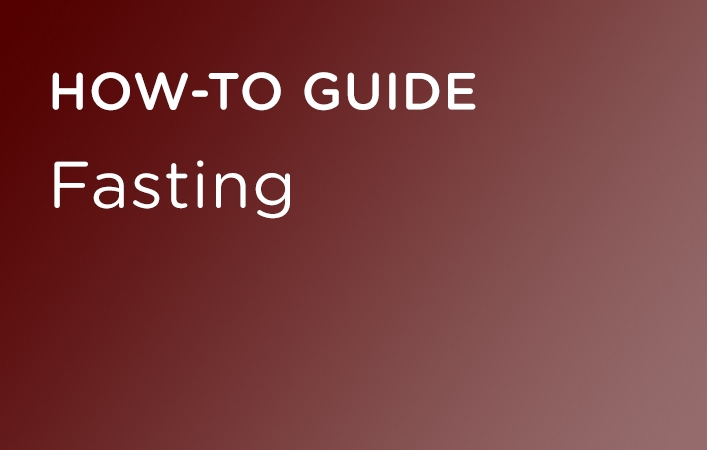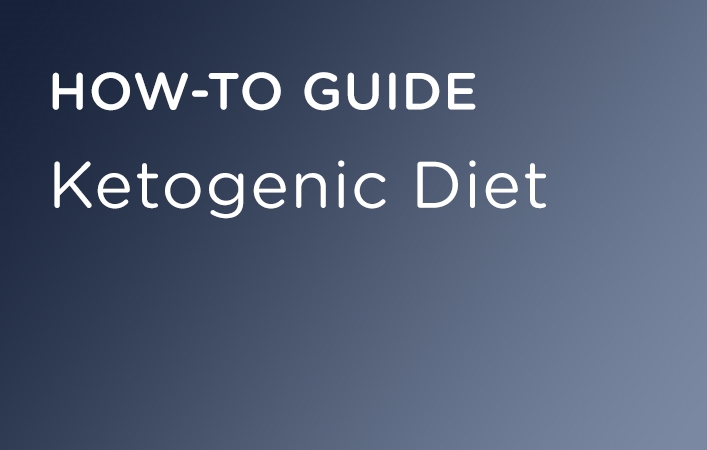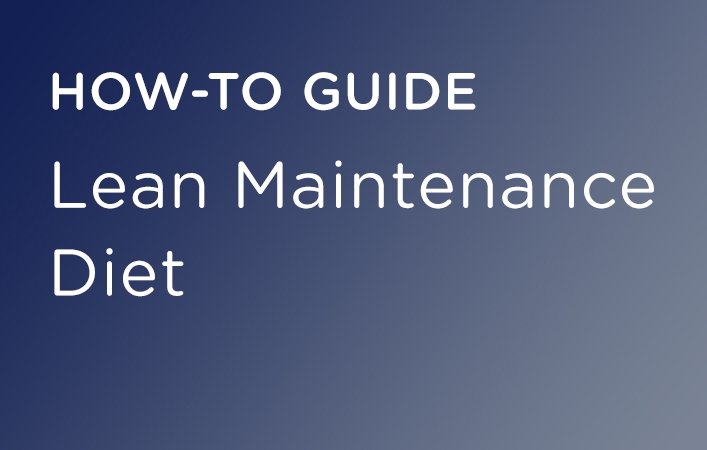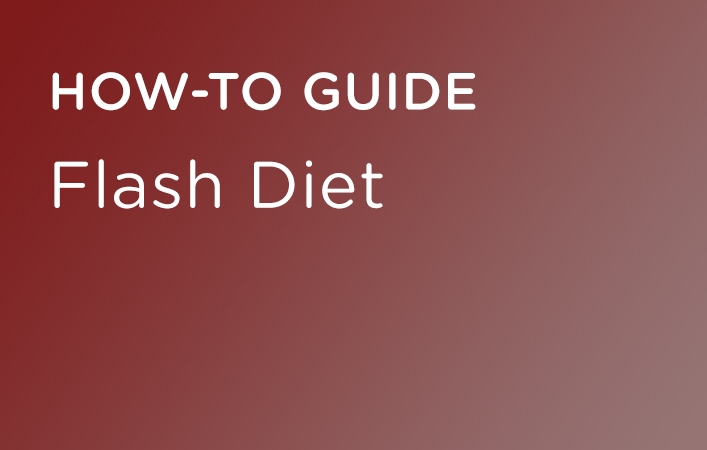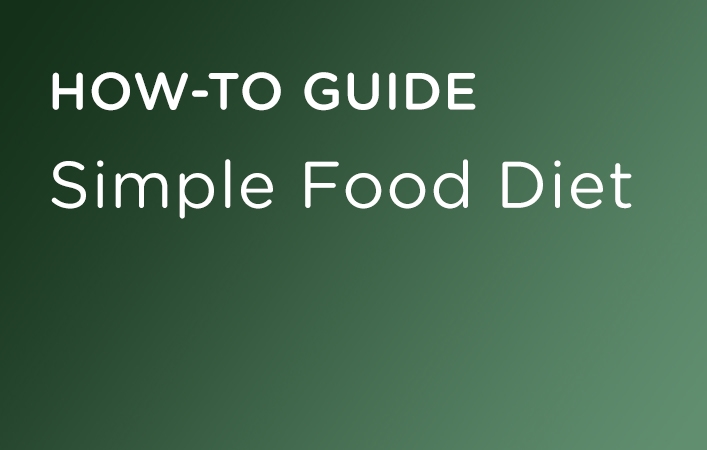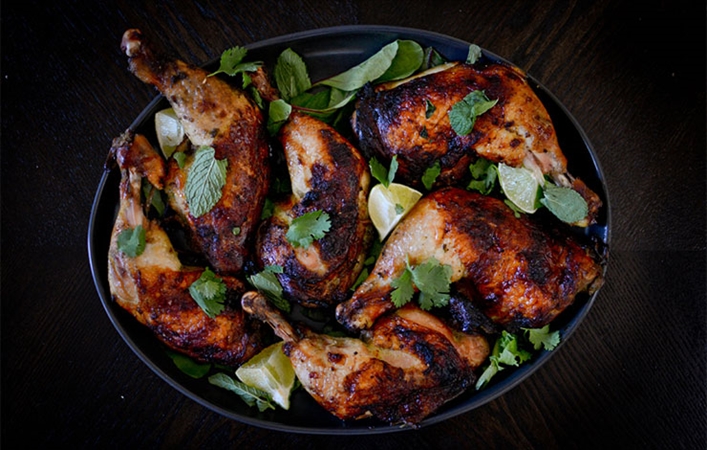Paleo Diet
Intro
What is a Paleo Diet?
Fundamentally, a Paleo diet is designed to broadly replicate a dietary pattern of our ancient ancestors living in the Paleolithic period (~2.6 million years ago up to around 12000 years ago). This was a time before the introduction of large-scale agriculture, animal domestication, and the industrialization of the food supply.
Since the beginning of the Agricultural Revolution (and even more dramatically over the past one hundred years), there have been major changes in our lifestyles, especially our diets, since the time before the agricultural revolution. However, there have been relatively few changes in our genes, especially related to nutrition and metabolism. In other words, at this point today, we live in a digital world, but our genome is essentially Paleolithic. And many researchers believe that our health has suffered as a consequence of this mismatch between our environment and our genes.
Okay, this seems like a perfectly plausible argument for eating in a more primal fashion. But how do you get started? This guide will help you figure out what to eat and what to avoid on a Paleo diet, tips to keep cooking and food preparation simple, and ways to personalize the diet to work for your lifestyle and preferences.
Principles
Paleo Diet or Paleolithic Nutrition Pattern?
For the sake of brevity, we are calling this the Paleo diet. But the truth is that there is no one Paleo diet. Peoples living in this vast period of prehistory obviously would have eaten different foods in different proportions based on geography, climate, etc. So, it’s helpful to think of this more as a nutrition pattern, rather than a diet.
With that said, here are some key features to keep in mind when you’re shopping and preparing food:
- Go “wild” - One major difference between Paleolithic and modern people is our reliance on cultivated plants. Generally speaking, wild fruits and veggies are higher in protein, fiber, essential fatty acids, and nutrients, and lower in sugar, compared to agricultural produce.
- Eat fresh - People of the Paleolithic consumed fresh and seasonal fruits and vegetables, when they were ripe and at their peak in both flavor and nutritional content. This also implies an absence of preservatives and other additives.
- Whole foods - Paleolithic humans would have eaten whole foods that were only minimally processed. Why does this matter? Think of the difference between three whole oranges, with membranes and insoluble fiber intact, versus an equivalent amount (8 ounces) of filtered orange juice. More phytochemicals, more dietary fiber, better nutrition overall in the whole vs. processed foods.
- Dietary diversity - Ancient humans consumed literally hundreds of different plant species. We need a diverse diet to meet our essential nutrient needs and to ensure a complement of antioxidant-inducing phytochemicals. Monotonous diets based around processed staple crops like grain and corn, which is the norm today, are probably not ideal.
- High fiber - Paleolithic people are generally thought to have taken in 80-150 grams of fiber per day. Fiber fuels beneficial bacteria that occupy the digestive tract, modulates blood sugar levels, enhances satiety, and does many more good things for body.

